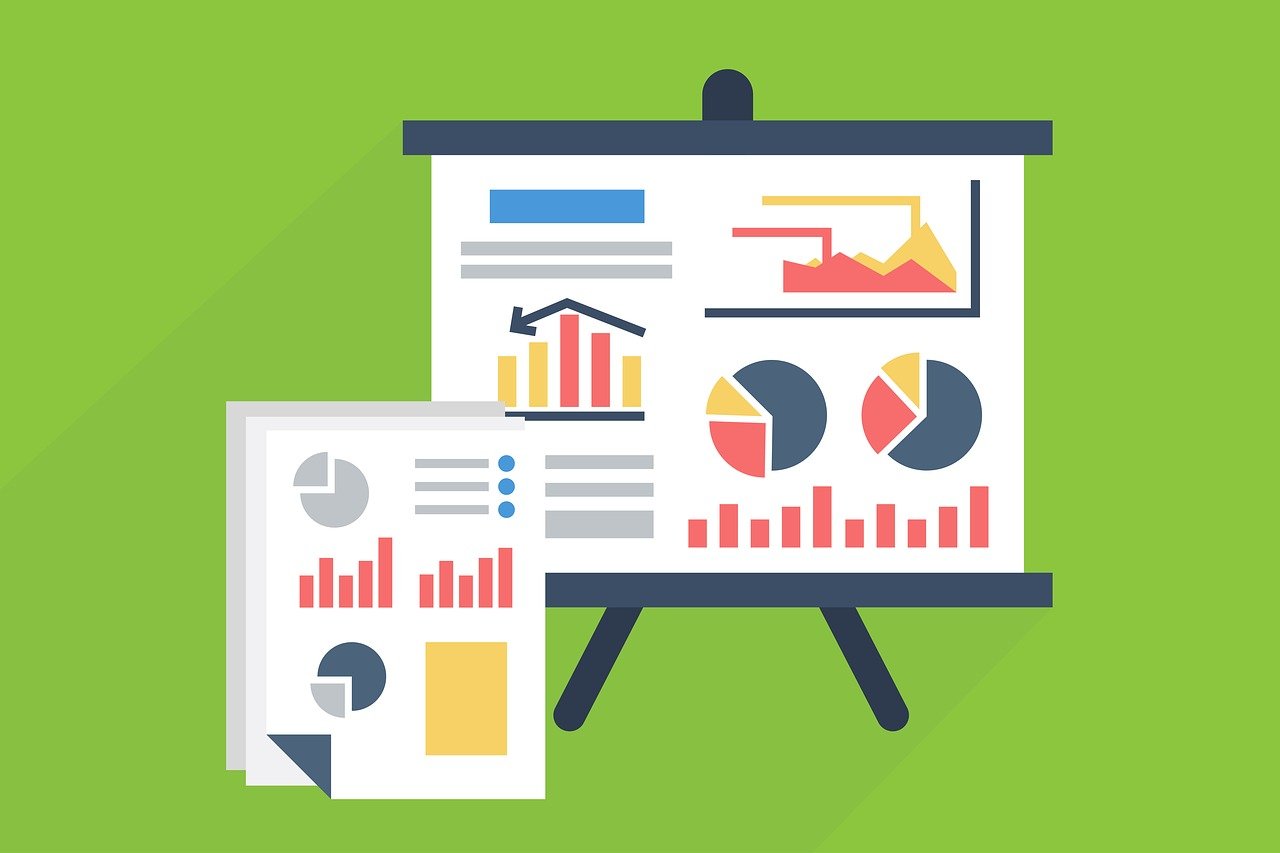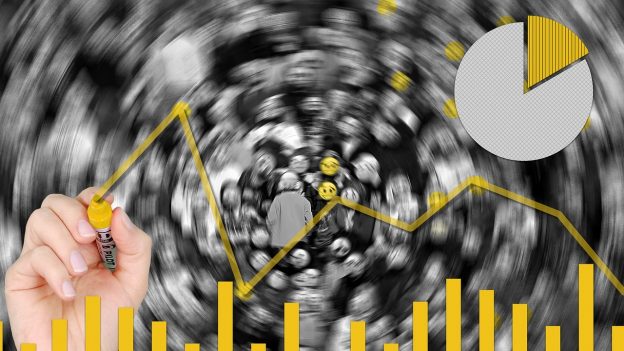In the ever-evolving digital landscape, data collection reporting has become a crucial tool for businesses seeking success and growth. The process of gathering and analyzing data provides invaluable insights that can drive informed decision-making and strategic planning. Whether it’s customer behavior analysis, market research, or performance evaluation, data collection reporting enables businesses to harness the power of information. In this article, we will explore the significance of data collection reporting for businesses and delve into frequently asked questions to help you better grasp this vital aspect of modern commerce.
Data Collection Reporting
Introduction to Data Collection Reporting
Data collection reporting is the process of gathering and analyzing data to provide valuable insights and information. It plays a crucial role in various fields, including business, research, and decision-making processes. Effective data collection reporting helps organizations make informed decisions and improve their strategies based on accurate and reliable data.
Importance of Data Collection Reporting
Data collection reporting is vital as it provides a foundation for evidence-based decision-making. It allows businesses and organizations to understand their customers, market trends, and competitors. By collecting and analyzing relevant data, they can identify opportunities, address challenges, and make data-driven decisions that can lead to growth and success.

Types of Data Collection Reporting
There are two main types of data collection reporting: quantitative data collection reporting and qualitative data collection reporting.
1. Quantitative Data Collection Reporting
Quantitative data collection reporting involves gathering numerical data that can be measured and analyzed statistically. It focuses on objective observations and measurements, providing insights into patterns, trends, and statistical relationships. Some common methods of quantitative data collection reporting include:
1.1 Surveys
Surveys involve collecting information through a set of pre-designed questions. They can be conducted through various mediums such as online surveys, paper surveys, or telephone surveys. Surveys provide structured data and are an effective way to gather information from a large sample size.
1.2 Interviews
Interviews involve direct interaction with individuals to gather information. They can be conducted in-person or via telephone. Interviews allow for more in-depth responses and can clarify responses that may be unclear in surveys.
1.3 Observations
Observations involve systematically watching and recording behaviors or events. They can be conducted in natural settings or controlled environments. Observations provide firsthand data that can be used to understand behaviors and patterns.
1.4 Experiments
Experiments involve manipulating variables to determine cause-and-effect relationships. They can be conducted in a controlled environment to test hypotheses and measure outcomes. Experiments provide valuable data for making predictions and evaluating interventions.
2. Qualitative Data Collection Reporting
Qualitative data collection reporting focuses on gathering non-numerical data to understand subjective meanings, experiences, and interpretations. It provides insights into motivations, attitudes, and behaviors. Some common methods of qualitative data collection reporting include:
2.1 Focus Groups
Focus groups involve bringing together a small group of individuals to discuss specific topics. This method promotes group interaction and allows for in-depth exploration of opinions, attitudes, and experiences.
2.2 Case Studies
Case studies involve in-depth analysis of a single individual, group, or organization. They provide detailed information and context about a specific situation or phenomenon.
2.3 Content Analysis
Content analysis involves systematically analyzing and interpreting qualitative data from various sources such as documents, texts, or media. It helps identify themes, patterns, and trends within the data.
3. Online Data Collection Reporting
Online data collection reporting utilizes digital platforms and tools to collect and analyze data. It offers several advantages such as wider reach, real-time data, and cost-effectiveness. Some common methods of online data collection reporting include:
3.1 Website Analytics
Website analytics involve tracking and analyzing user behavior on websites. It provides insights into website performance, user engagement, and conversion rates. Website analytics tools, such as Google Analytics, offer valuable data for optimizing online strategies.
3.2 Social Media Analytics
Social media analytics involve monitoring and analyzing social media data. It helps organizations understand audience sentiment, engagement, and brand perception. Social media analytics tools, such as Hootsuite and Sprout Social, provide valuable data for social media marketing strategies.
3.3 Online Surveys
Online surveys enable businesses to collect data from a large number of participants efficiently. They can be created using various survey tools, such as SurveyMonkey or Typeform. Online surveys offer flexibility, anonymity, and quick data analysis.
4. Offline Data Collection Reporting
Offline data collection reporting involves collecting data through non-digital channels. It is often used when online methods are not feasible or appropriate. Some common methods of offline data collection reporting include:
4.1 Paper Surveys
Paper surveys require participants to answer a set of questions on paper. They can be distributed in person or through mail. Paper surveys are useful when internet access is limited or when targeted populations prefer traditional methods.
4.2 Telephone Interviews
Telephone interviews involve conducting interviews over the phone. They are ideal for reaching geographically dispersed participants or those who may not have internet access. Telephone interviews provide direct interaction and can be more personal than online surveys.
4.3 In-person Interviews
In-person interviews involve face-to-face interactions between the interviewer and the participant. They allow for non-verbal cues and deeper exploration of responses. In-person interviews are suitable for sensitive or complex topics.
4.4 Paper-based Observations
Paper-based observations involve manually recording observations on paper. This method is useful when digital devices are not practical or intrusive. Paper-based observations allow for detailed and accurate records.
5. Importance of Accurate and Reliable Data
Accurate and reliable data is critical for data collection reporting. It ensures that the information collected is trustworthy and can be used to make informed decisions. Insufficient or inaccurate data can lead to flawed analysis and incorrect conclusions. To ensure the accuracy and reliability of data, it is essential to minimize bias, maintain transparency, use validated instruments, and employ appropriate data collection methods.
6. Steps in Data Collection Reporting
Effective data collection reporting involves several key steps, including:
6.1 Define the Research Objectives
Clearly define the goals and objectives of the data collection, ensuring they align with the organization’s overall objectives.
6.2 Determine the Target Audience
Identify the specific group or population that the data collection aims to collect information from. Understanding the target audience helps design appropriate data collection methods.
6.3 Select the Data Collection Methods
Choose the most suitable data collection methods based on the research objectives and target audience. Consider factors such as feasibility, cost, and timing.
6.4 Design the Data Collection Instruments
Develop the necessary instruments, such as surveys or interview guides, to collect the required data. Ensure they are well-designed, reliable, and valid.
6.5 Collect Data
Implement the chosen data collection methods and collect the data according to the established protocols. Ensure data is collected consistently and accurately.
6.6 Clean and Analyze the Data
Process and organize the collected data, checking for errors, inconsistencies, and missing values. Analyze the data using appropriate statistical techniques or qualitative methods.
6.7 Present the Findings
Present the findings in a clear and concise manner, using visuals, tables, and narratives to convey the key insights. Tailor the presentation to the target audience to ensure effective communication.
7. Common Challenges in Data Collection Reporting
Data collection reporting can face various challenges that may affect the quality and reliability of the data. Some common challenges include:
7.1 Bias in Data Collection
Bias can occur when data collection methods, questions, or participants are influenced by personal opinions or preferences. It is important to minimize bias through careful design, randomization, and transparency.
7.2 Incomplete or Inaccurate Data
Incomplete or inaccurate data can arise due to non-response, errors in data entry, or participant misunderstanding. It is crucial to validate data, verify responses, and implement quality control measures to ensure data accuracy.
7.3 Ethical Considerations
Ethical considerations should be addressed throughout the data collection process. Protecting participant confidentiality, informed consent, and avoiding harm are important ethical responsibilities.

8. Best Practices in Data Collection Reporting
To ensure the effectiveness and reliability of data collection reporting, the following best practices should be followed:
8.1 Use Multiple Data Collection Methods
Using multiple data collection methods improves data triangulation and strengthens the validity and reliability of the findings. Combining quantitative and qualitative methods provides a comprehensive understanding of the research topic.
8.2 Ensure Validity and Reliability
Validate the data collection instruments to ensure they measure what they intend to measure. Establish reliability by conducting pilot tests, training data collectors, and maintaining consistency in data collection procedures.
8.3 Maintain Transparency
Maintain transparency throughout the data collection reporting process. Clearly communicate the purpose, methods, and limitations of the data collection to participants and stakeholders. Foster trust and ensure ethical standards are met.
9. Tips for Effective Data Collection Reporting
To enhance the effectiveness of data collection reporting, consider the following tips:
9.1 Clearly Define the Variables
Clearly define and operationalize the variables of interest. Ensure consistent understanding and measurement of these variables to avoid ambiguity and confusion.
9.2 Use Clear and Concise Language
When designing data collection instruments, use language that is easily understandable by the target audience. Avoid jargon or technical terms that may confuse or alienate participants.
9.3 Provide Context for the Findings
Provide context and interpretation for the findings to enhance understanding. Explain the implications and significance of the data to assist decision-making and strategy development.

10. Conclusion
Data collection reporting plays a crucial role in decision-making processes and provides valuable insights for businesses and organizations. By gathering and analyzing accurate and reliable data, organizations can make informed decisions, understand their customers, and improve their strategies. Following best practices and addressing common challenges ensures the effectiveness and credibility of data collection reporting.
FAQs about Data Collection Reporting
1. What is data collection reporting?
Data collection reporting is the process of gathering and analyzing data to provide insights and information. It involves various methods, such as surveys, interviews, observations, and online or offline data collection.
2. Why is data collection reporting important?
Data collection reporting is important as it enables evidence-based decision-making, helps businesses understand their customers and competitors, identifies opportunities, and improves strategies based on accurate data.
3. What are the different types of data collection methods?
The different types of data collection methods include quantitative methods (surveys, interviews, observations, experiments) and qualitative methods (focus groups, case studies, content analysis). Online and offline data collection methods are also employed.
4. How can I ensure the accuracy and reliability of the collected data?
To ensure data accuracy and reliability, it is essential to minimize bias, use validated instruments, and employ appropriate data collection methods. Implementing quality control measures, data verification, and training data collectors also contribute to data accuracy.
5. What are some best practices for data collection reporting?
Some best practices for data collection reporting include using multiple data collection methods, ensuring validity and reliability, and maintaining transparency throughout the data collection reporting process. Clearly defining variables, using clear language, and providing context for the findings also enhance the effectiveness of data collection reporting.
